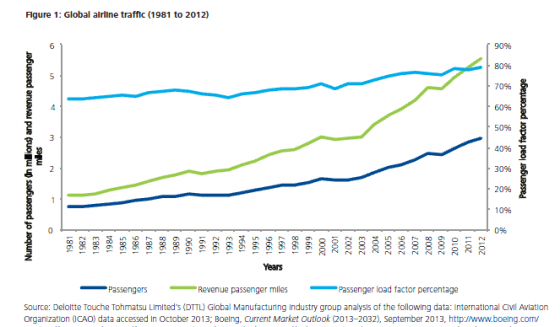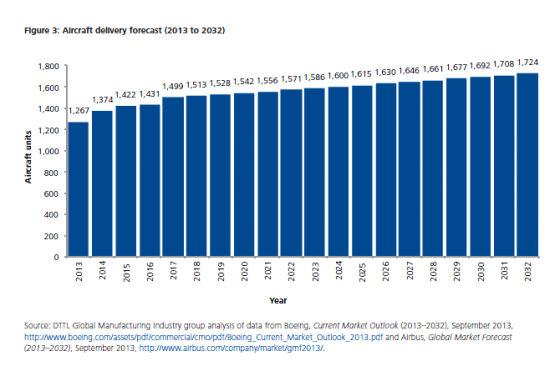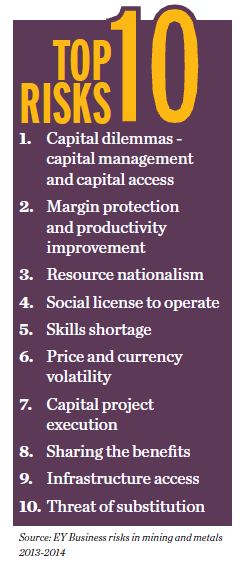At a time when several large companies are being investigated for bribery in China, organizations doing business there would do well to have strong policies and training programs in place, experts advise. They also caution that using a “cookie cutter” approach for compliance is not enough.
“There are several ongoing investigations right now for hiring of relatives of foreign officials,” Michael Volkov, chief executive officer of the Volkov Law Group, LLC said in a webinar, “Navigating the Waters of Anti-Corruption Compliance in China.”
He pointed out that Qualcomm, a wireless technology company, “is under investigation for hiring relatives of foreign officials and giving them jobs strategically. This is a serious investigation, and Qualcomm is a reputable company with a sophisticated compliance program.”
Volkov cautioned that that using a “cookie-cutter global program” in China is the wrong approach. When it comes to compliance, there will be some aspects that are “never in control, particularly when it comes to gift-giving, receipts and the control of money. There are companies that have avoided the direct problem, but there are not very many.”
Asked whether there is a checklist of areas of risk to focus on, Jimmy Lin, vice president of product management and corporate development at The Network noted the importance of understanding the intricacies “of where the operations are [in China], as well as where the money flow is.” While you can understand business processes in countries, it’s being able to trace who is getting paid for what, as well as why and when. While a company might understand the business dealings and workflow processes that go on, “You don’t really understand where the money is until you watch where every dollar is going through your organization,” Lin said.
Asked how to educate Chinese executives on acceptable business practices when they are accustomed to a gift-giving culture, Lin said, “Part of adapting their culture to your culture is having clear definitions of what is acceptable and what is not. Making assumptions or assuming something is understood are traps people fall into when they cross those cultural borders.” He added, “Go in assuming they don’t understand you at all and make sure the definitions are clear and defined.” Companies need to conduct continuous trainings, “because this isn’t a case where one time will do it. You are asking someone to change a behavior they have had for many years. Having them adjust that behavior will take time and patience from the organization and perseverance to keep reminding and training people.”
Volkov agreed that reeducation is the correct approach, and added, “There will be blowback.” Companies must realize that in China there is a different mindset towards work, labor laws and compliance. “The only concern there is the ability of the tax authorities to come in and shut down a business. Day to day bribery is not at the top of their list and that has to be changed.”
Volkov listed his top-three areas of concern for compliance.
• Auditing and money.
• Training—putting in new controls and explaining that new procedures are in place. “It’s a hard process. There will be resistance and blowback, but if you don’t do it, it will get out of control.”
• Documentation. “Create a documentation system that will protect you through the good faith efforts you are taking to make sure you are in compliance.” Also, he said, make sure any legal judgments about compliance are documented, including any advice given by outside counsel. “This gives you an extra layer of protection beyond your good faith effort,” Volkov said.




